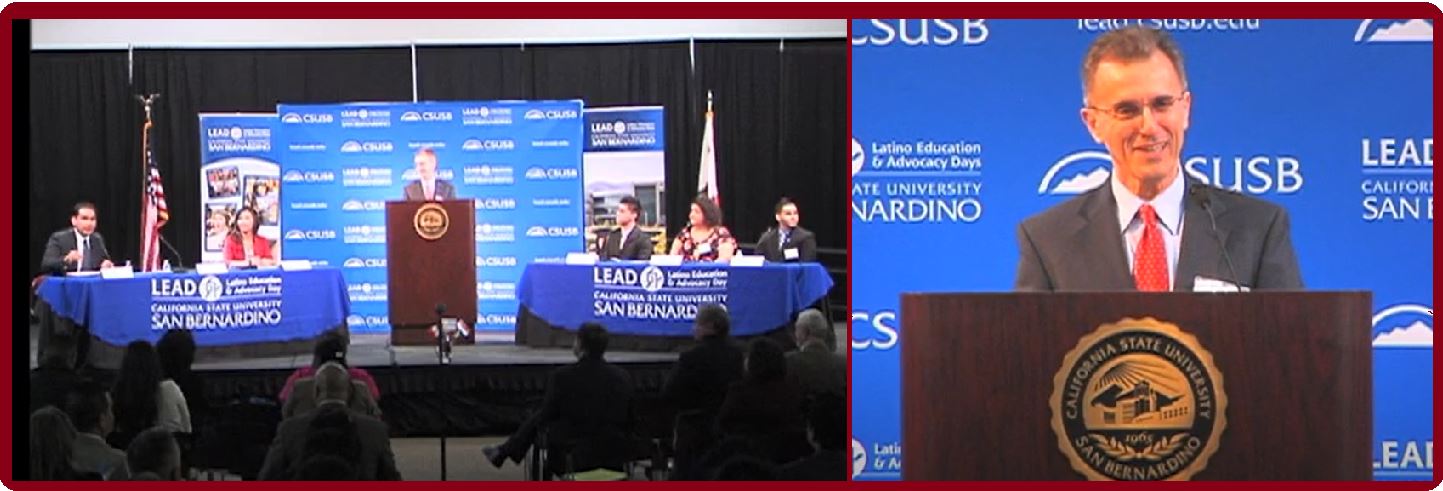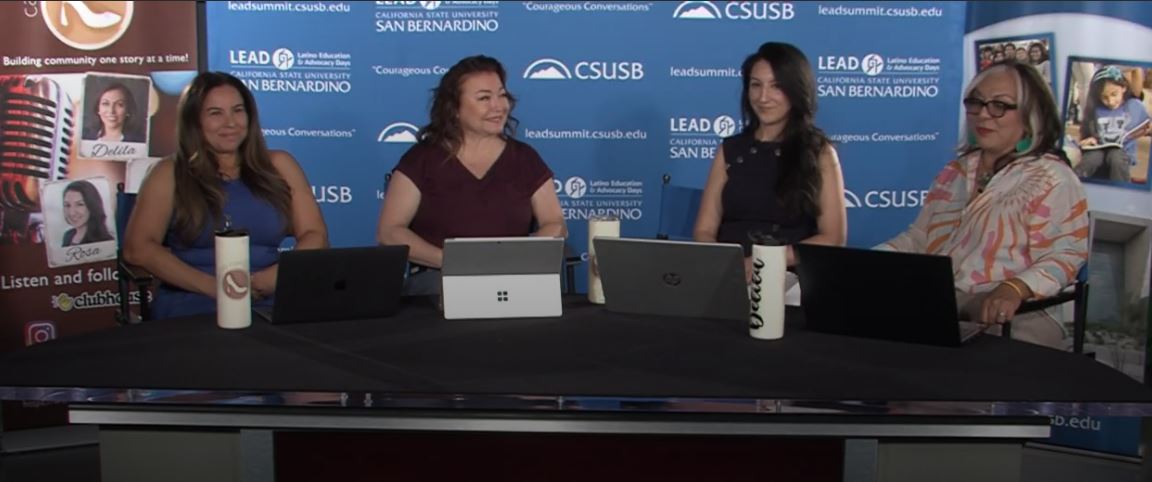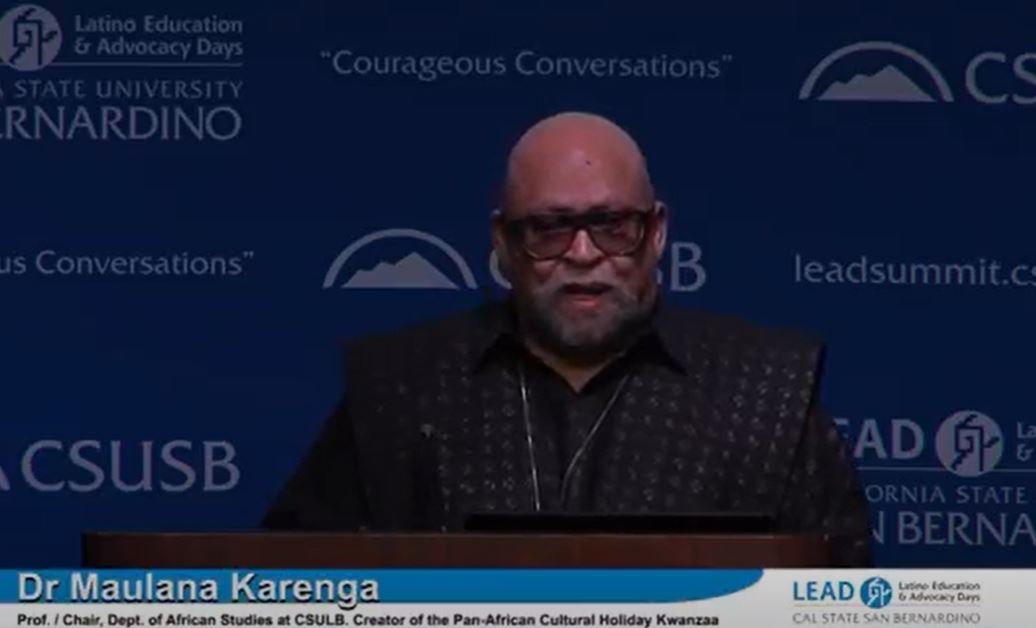CSUSB ScholarWorks is an open access institutional repository showcasing and preserving the research, scholarship, and publications of California State University, San Bernardino members. Faculty, staff, and students are encouraged to upload completed works to ScholarWorks as it is a permanent digital archive and showcase that makes the intellectual output of the CSUSB community publicly available to the wider world.
By highlighting the scholarly and professional activities of our students, staff and faculty, CSUSB ScholarWorks' rich repository encourages new ideas, preserves past knowledge, and fosters new connections to improve human and social conditions.
This segment features an interview with Eric Milenkiewicz, who as the University Archivist is responsible for the selection, appraisal, acquisition, arrangement, and description of library archival collections including historical materials originating from CSUSB. Interview discussion revolves around why upload your work to CSUSB ScholarWorks, the advantages of long-term preservation, and greater visibility to a global audience - increasing readership, citation counts, and impact in one's field.
- Dr. Enrique G. Murillo, Jr., Professor of Education, Executive Director & Founder of LEAD Projects, and Faculty Director of the Doctor of Education in Educational Leadership Program, CSUSB
Interviewee:
- Eric Milenkiewicz, University Archivist, and LEAD Projects Postproduction and Distribution Consultant, CSUSB
This segment is date/time stamped: September 21, 2021, 9AM


